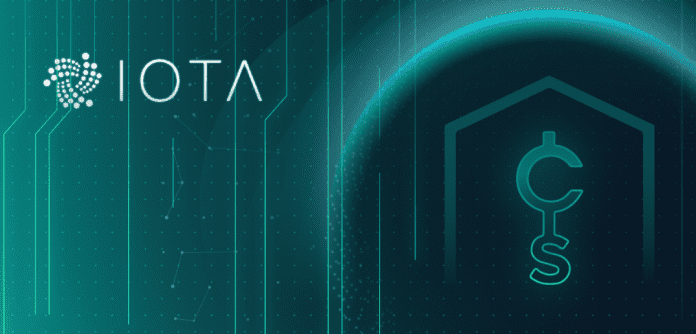Dell Computers, STMicroelectronics, and Software AG have thrown their weight behind blockchain-rival The Tangle to record and secure transactions and payments between machines in the industrial IoT space.
The companies, joined by various others from the tech and research sectors, have formed a new working group to test and develop The Tangle as the key distributed ledger technology (DLT) technology for enterprises, governments, and other factions deploying IoT sensors.
The group has been convened by The Eclipse Foundation, the Canada-based open source organization, and the IOTA Foundation, the Germany-based non-profit organization whose IOTA technology The Tangle is based on.
IOTA-based Tangle is a feeless and decentralized DLT solution, which the industrial set prefers, on paper, to blockchain, which is considered incompatible with massive-scale industrial IoT installations, on account of the high energy and cost required to communicate transactions.
“The Tangle uses a ‘directed acyclic graph’ (DAG) to solve typical blockchain shortfalls related to scalability, environmental sustainability, cost, and security. Unlike blockchain, which has an inherent transaction rate limit, the Tangle allows different branches of the DAG to spread and merge, resulting in a much faster overall throughput,” said the IOTA Foundation.
“The result is an open-source framework that is scalable, fee-free, and permissionless, thus eliminating previous barriers to use and making its application much easier for organizations of all kinds.”
The IoT payments market is expanding at a 75 per cent annual growth rate, and will reach $410 billion by 2023, according to Juniper Research. The new Tangle EE joint venture and working group intends to make The Tangle the DLT of choice for machine communications, by open-sourcing development and going mob-handed to encourage wider-scale deployment.
Examples of applications include machine identity and verification, connected vehicle payments, and secure sensor transfers to establish the authenticity of goods. Target industries for Tangle-based IoT payments include mobility, supply chain, healthcare, smart cities and utilities, and industrial IoT.
The new working group will establish a governance structure for the core technology, and develop and implement IOTA technology solutions. The IOTA Foundation said: “The group provides an open arena to shape building blocks and interfaces to tune specifications and development timeline/roadmap towards real world application across domain application areas and verticals.”
Founding members of the Tangle EE group are Dell Computers, STMicroelectronics, Objects Management Group, accessec, BiiLabs, Calypso Network Association, Geometric Energy Corporation, RWTH Aachen University, Software AG, Industrial Internet Consortium, AKITA and Xain. The group is actively recruiting new members.
David Sonstebo, co-founder of IOTA and co-chair at the IOTA Foundation, commented: “As an open-source non-profit foundation, we realize the importance of increasing access to IOTA technology. This is another step forward in the maturation and growth of IOTA, and making the technology easily accessible for commercial use.”
Mike Milinkovich, executive director of the Eclipse Foundation, said: “The Eclipse Foundation will provide a vendor-neutral governance framework for open collaboration between members of the working group for scalable, feeless, and permissionless DLT solutions for enterprises. By doing so, we will accelerate the development of new applications for this transformative technology.”

